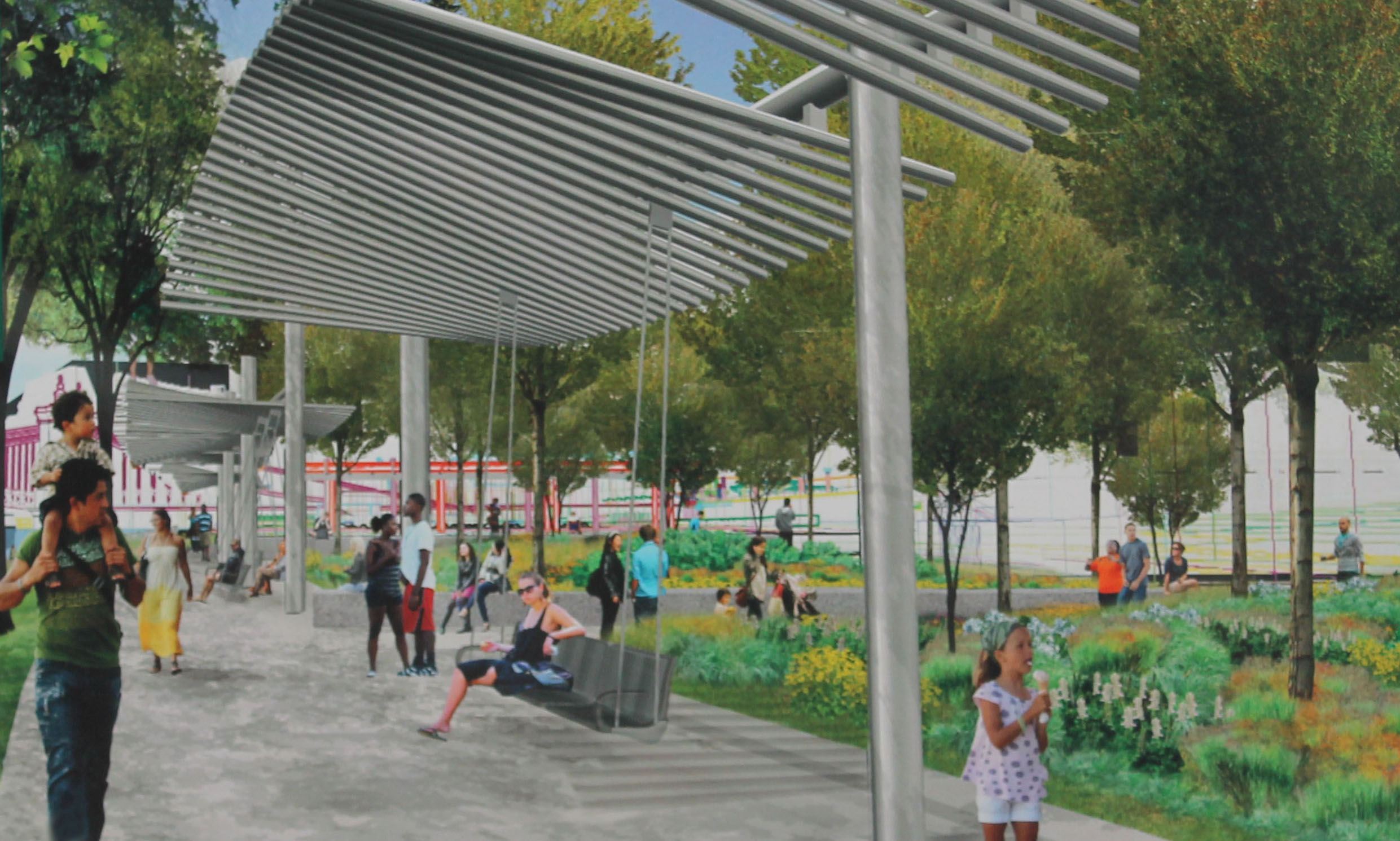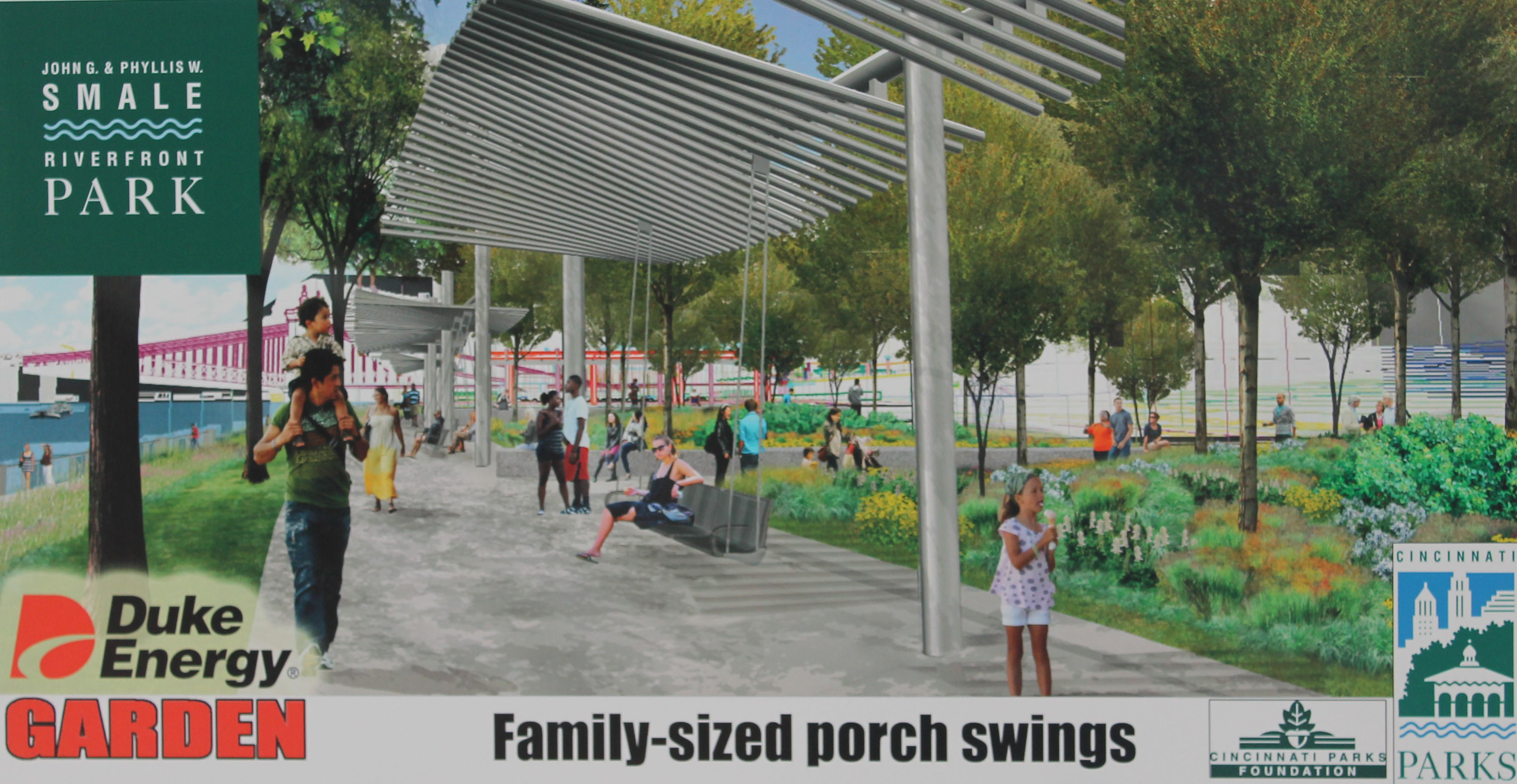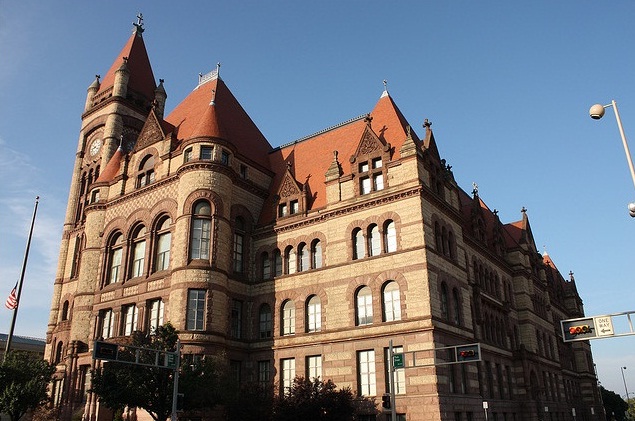Cincinnati’s sweeping 1924 voter-approved charter reforms were designed to enable the ouster of the Boss Cox Machine, and continue to form the framework of today’s municipal government. Although the new charter’s proponents, especially Murray Seasongood, celebrated the supposed perfection of their replacement City Manager System, the new city government was not designed for the long-term benefit of the citizenry so much as to keep the Cox Machine from returning to power in the 1927 or 1929 elections.
Since being implemented, the city manager and a nine-member council have remained a constant, but important features of the 1924 reforms have since been eliminated or replaced one-by-one by periodic voter-approved charter amendments.
Proportional representation ended in 1957, eight-year council term limits were introduced in 1991, and an independently elected mayor began in 1999.

Will the passage of Issue 4 pave the way for even more political reforms at City Hall?
The charter reforms destroyed the Cox Machine by changing nearly every feature of municipal government with the notable exception of council’s two-year term. Under Cox, an executive mayor reigned over a 32-seat council that was under machine control – although there might be significant turnover in a particular council election, new personnel had no real effect on the city’s direction.
With two-year terms, Cincinnati’s reform charter “good government” become chronically susceptible to flip-flopping and obstructionism due to at-large elections, the disappearance of the executive mayor, and tying the hands of a political machine that controlled who could run for council and how they voted once installed.
Issue 4, which is prominently discussed with Terry Grundy during Episode 11 of The UrbanCincy Podcast, promises to stabilize and therefore improve the effectiveness of city government by replacing the chaotic two-year election cycle with four-year terms held in the same years as mayoral elections. This arrangement will enable a mayor to set a four-year agenda he or she determines practical given the makeup of council. The charter language reads:
“Shall the Charter of the City of Cincinnati be amended to provide that the members of City Council shall be elected at-large for four-year terms by amending existing Sections 4, 5 and 5a of Article II, “Legislative Power”, existing Section 3 of Article III, “Mayor”, existing Sections 1, 2a and 2b of Article IX, “Nominations and Elections”, and existing Sections 1, 4 and 7 of Article XIII, “Campaign Finance”?”
The current eight-year term limits, enacted in 1991, will remain in effect. However, those new councilmen elected in 2011 including Yvette Simpson (D), Christopher Smitherman (I), P.G. Sittenfeld (D), Chris Seelbach (D), and Wendell Young (D) will be able to keep seats for a total of ten years if they are reelected in 2013 and 2017. While Roxanne Qualls (C) is eligible for a four-year term following three two-year terms, it is expected that she will run for mayor rather than council in 2013.
Opposing Arguments
Opponents have cast Issue 4 as a “power grab” by those currently holding seats on council. They also claim that council members should have to “face the voters” every two years, insinuating that council is inherently susceptible to corruption while ignoring the obstructionism that is enflamed by the two-year election cycle. Opponents also claim that short terms force council members to engage the city’s neighborhoods every two years as part of their reelection efforts.
Other opponents, including The Cincinnati Herald, argue that Cincinnati City Council should serve two-year terms because the U.S. and Ohio House of Representatives serve two-year terms. However, the U.S. and Ohio House are each one arm of bicameral legislatures – Everett, MA is the only remaining U.S. municipality with a bicameral city council.
Reappearance of Wards?
Issue 4 opponents have also argued against four-year terms by suggesting that switching City Council to a ward system will lead to better neighborhood representation and better city governance overall.
Under the current at-large system, many of Cincinnati’s 52 neighborhoods are being ignored in favor of Downtown and Over-the-Rhine, ward system advocates claim. The true motivation for wards, however, appears to be an attempt to break up the current Democrat majority, several of whom reside Downtown and in Over-the-Rhine.
If Issue 4 passes this November, we might see an effort in 2013 for sweeping charter reforms, including wards, intended to disrupt the potential eight-year tenure of Roxanne Qualls as mayor and a majority Democrat-led city council.
Those who would like to learn more about the Boss Cox era of politics in Cincinnati can do so by reading Jake Mecklenborg’s book, Cincinnati’s Incomplete Subway: The Complete History, which profiles how the charter reform government, led by Murray Seasongood, smeared the subway project in its efforts to embarrass Boss Cox.




